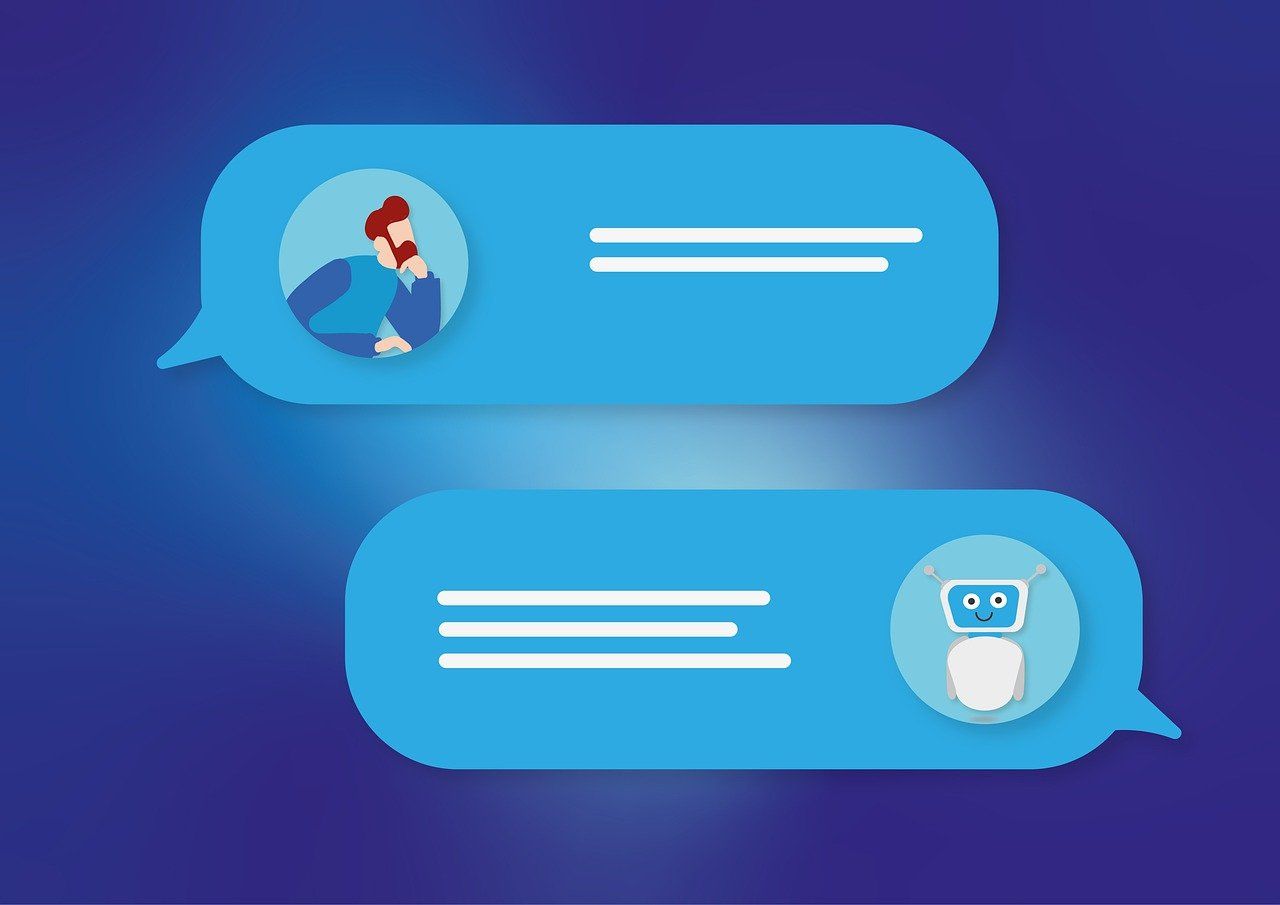Businesses Think They Need More People. What They Actually Need Is Automated Precision

Businesses Think They Need More People. What They Actually Need Is Automated Precision
The Hidden Workload That Drains Every Company
Most companies today are drowning in manual work. Not because their teams lack skill, but because their systems lack intelligence. For every task a company completes, there are five more sitting in the background waiting to be handled, reviewed, forwarded, corrected, or chased down. It becomes a silent tax on every business and it grows the moment the company starts scaling. According to a global McKinsey survey, knowledge workers spend nearly sixty percent of their time on work that can be automated with current technology. That means most companies could double their productive capacity without hiring a single additional employee. The opportunity is enormous, yet very few leaders recognize that this bottleneck is not a staffing problem. It is an automation problem.
Where Human Drift Kills Revenue
Automation is not simply about reducing workload. It is about increasing accuracy and eliminating human drift. Drift happens when people are tired, distracted, overwhelmed, or forced to multitask. It shows up in missed follow ups, delayed responses, slow lead handling, inconsistent onboarding, and lost customer signals. Drift costs companies real money. Harvard research suggests that slow response times can reduce conversion by more than fifty percent even when lead quality remains identical. Imagine losing half your revenue potential because someone saw an email too late. That is not a marketing issue. It is not an employee performance issue. It is a systems issue. Systems do not forget. They do not delay. They execute.
The Companies That Win Follow a Different Playbook
The companies that win today are not the ones with the biggest teams or the longest hours. They are the ones with the tightest operations. A Salesforce study found that high performing organizations are five times more likely to use automation across their customer journey than underperforming ones. When automation handles intake, routing, follow up, classification, and scheduling, teams stop reacting and start advancing. They make decisions instead of chasing information. They solve problems instead of hunting for tasks. They spend time on strategy instead of maintenance. Automation does not replace people. It removes everything that prevents people from doing real work.
Consistency Is the Most Undervalued Growth Engine
The most overlooked benefit of automation is consistency. When a process is automated, it happens the same way every time. No variation. No exceptions. No context switching. In sales this means every lead is contacted instantly, not whenever someone checks their inbox. In customer service it means every inquiry is acknowledged immediately, not buried under yesterday’s tickets. In operations it means every internal process runs on time because the system enforces the timing, not the human. Gallup reports that inconsistency in business processes increases internal error rates by up to seventy percent. Automation eliminates inconsistency at the source. Consistency compounds. Inconsistency destroys.
The Compounding Effect That Most Leaders Underestimate
What surprises most business owners is how quickly automation compounds. A single automated workflow can save minutes per task. Ten workflows can save hours per day. At scale, a well automated business regains entire weeks of productive time every quarter. Yet the time saved is not the real benefit. The real benefit is momentum. Companies that automate gain velocity. They respond faster. They close faster. They deliver faster. They adapt faster. Momentum becomes a competitive advantage that no competitor can replicate without addressing their own operational foundation.
Automation Is Now Infrastructure Not a Feature
The future belongs to companies that treat automation as core operational infrastructure. The same way companies adapted to the internet, cloud software, and digital communication, automation is now the dividing line between businesses that operate at modern speed and those stuck in manual lag. The data is clear. The benefits are proven. The efficiency is measurable. Automation transforms companies into precise, predictable, high performance machines. And the ones who adopt it early will widen the gap more every single day.
Want to learn more about our healthcare solutions?
Discover how our AI technology can transform your healthcare practice.
Related Articles


